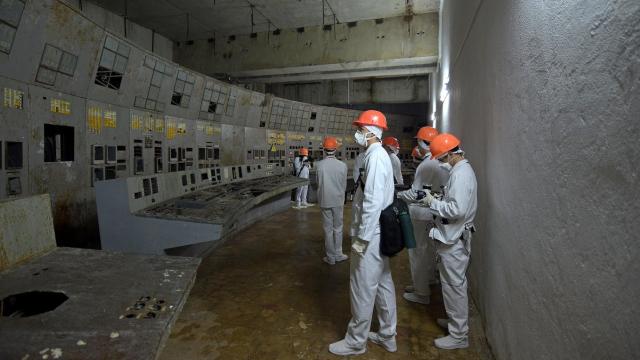Robots could someday help dispose of nuclear waste. Scientists from the University of Bristol working on the problem recently paid a visit to some of the most contaminated places at the abandoned Chernobyl nuclear facility to further this goal. The researchers are helping develop new technologies, including using a Boston Dynamics robot dog to deal with radioactive waste.
Chernobyl’s control room was ground zero for the infamous 1986 disaster at the plant, where a reactor meltdown killed two in an explosion, 28 from acute radiation syndrome, and 15 from child thyroid cancer, and exposed untold thousands of people to harmful radiation. Now, the scientists are hoping that the site of the disaster can help train robots to help humans stay safe in the decommissioning process.
The Group Prepared for Intense Radiation In Reactor 4

The team worked largely in what’s known as the New Safe Confinement (NSC), a structure that was placed over the remains of Reactor 4 in late 2016. The location is as good a place as any to train robots to map and measure radiation; some estimates place radiation levels as high as 40,000 times above normal in the Reactor 4 control room.
The visit is actually the second time the team from Bristol had visited Chernobyl — and they learned their lesson about the intensity of the radiation last year. “Some of the equipment that we brought with us the first time, for example, some of the radiation detectors, in the NSC, they would saturate and couldn’t record meaningful data,” lead researcher Tom Scott said in a video on the project. “This time, a year later, we’ve been able to refine the technology, refine the equipment.”
Part of that refinement, Scott said, was not just measuring radiation, but training the robots to create a 3D map of the area. These maps, overlaid with radiation data, can help more accurately pinpoint the spread and location of radiation.
Strong Possibilities for AI to Help With Nuclear Waste
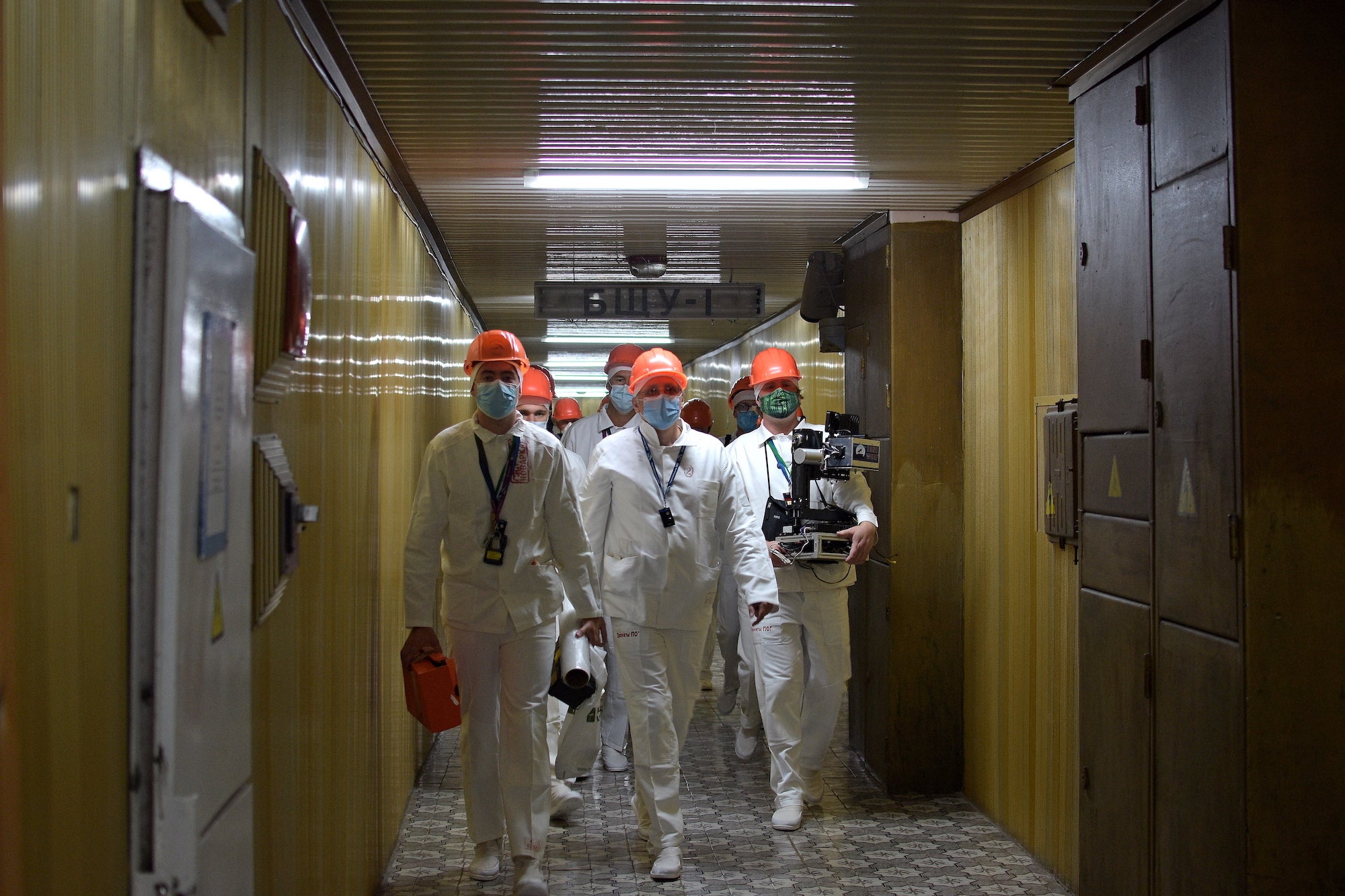
The project is part of a consortium that works to use robotics and artificial intelligence to investigate nuclear environments that could be harmful to humans, with the hope of expanding the use of robotics and AI in the industry as a whole.
Automated systems could have a whole range of applications in the industry. One example: Robots trained to detect differences between radioactive waste types could help humans more accurately and safely identify and dispose of nuclear waste — which would also save money in the process.
What It’s Like to Work in the Chernobyl Exclusion Zone
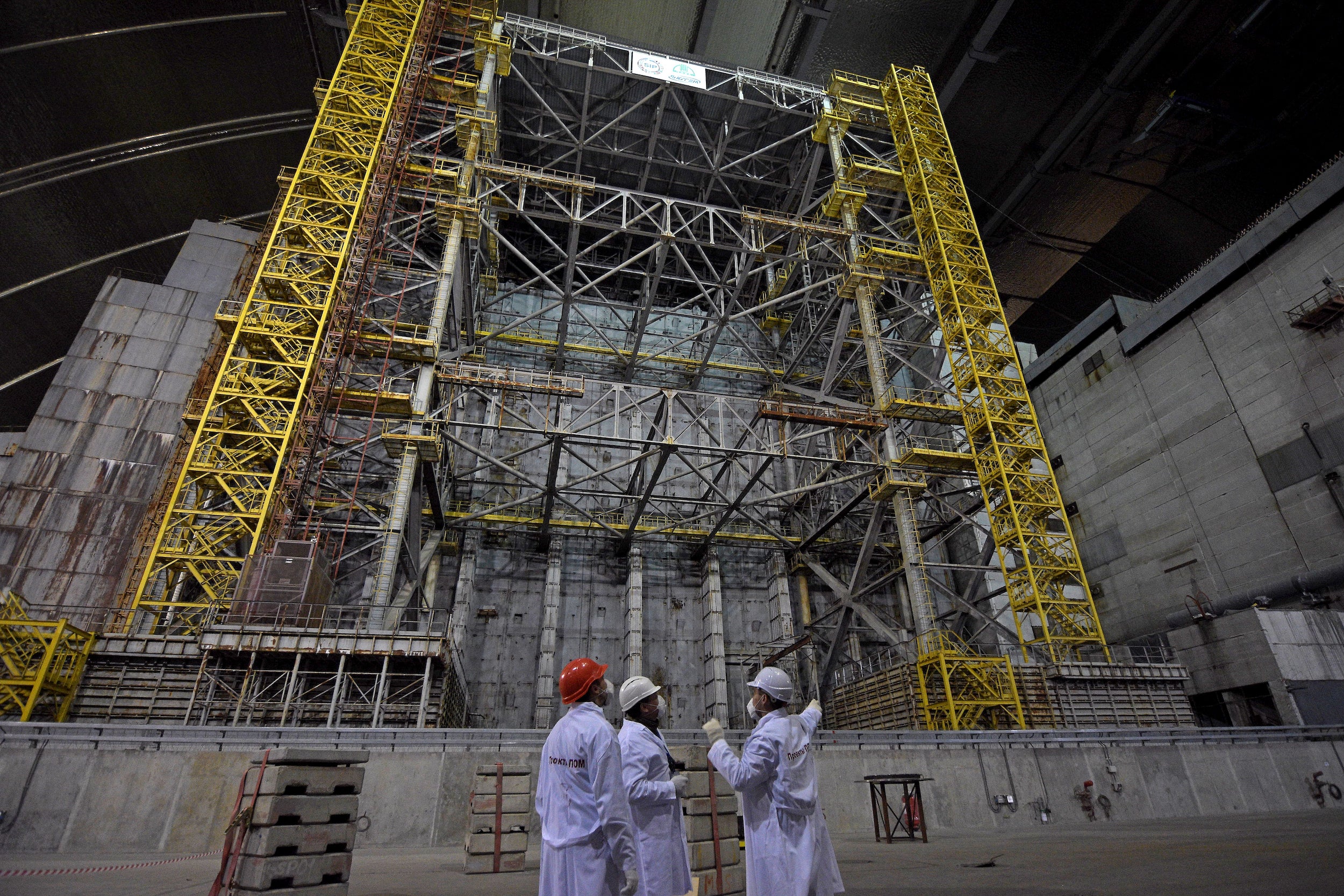
Scott said that his team had done tests outside the nuclear facility in the 2,600 square kilometers (2,590 ) of abandoned land in the Chernobyl Exclusion Zone (CEZ), created in the years after the accident to keep humans away from potentially harmful radiation. In recent years, the CEZ has become an unexpected haven for wildlife (as has Fukushima’s exclusion zone) as well as tourists who flock to the area. (Someone even made vodka from grain grown within the CEZ, although agriculture is prohibited.)
In 2019, Ukrainian President Volodymyr Zelensky declared the region an official tourist attraction — thanks in part to an uptick of interest following HBO’s Chernobyl miniseries — and the government even opened the previously-off-limits Reactor 4 room to tourists. (You’re only allowed inside for five minutes, and you need to take radiation tests after your visit.) A scientist showed the BBC last year how some radiation readings in places in the CEZ were lower than those you’d get in an aeroplane.
Chernobyl’s Larger Ecological Impact
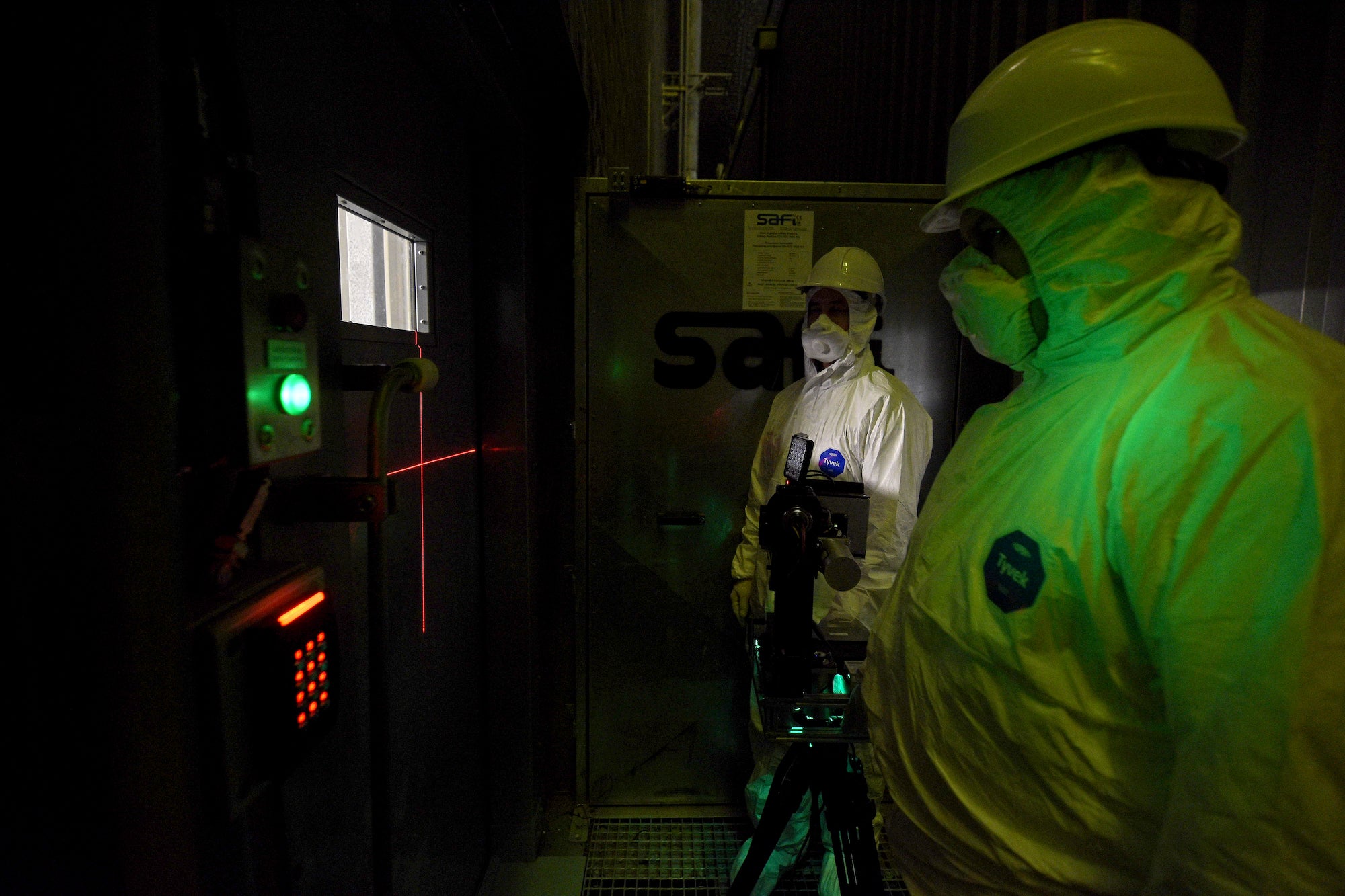
The region’s radiation can still be unpredictable — it clusters in “hot spots” rather than in one spread-out area — and can get kicked up if the land is disturbed. Last year, two wildfires broke out in the CEZ, and firefighters measured radiation in the blazes at 16 times the normal levels. The flames also made it within 120 feet (37 meters) of a radiation waste storage facility.
As wildfires become more widespread in the region (in part due to climate change), the risk of radiation spreading also increases. A 2016 study found that wildfires in the CEZ in 2015 spread radioactive particles all the way to Eastern Europe. (The measurements, the study noted, were “far below a dose from a medical X-ray.”)
Technology ‘Is Needed Now’ to Clean Up Chernobyl
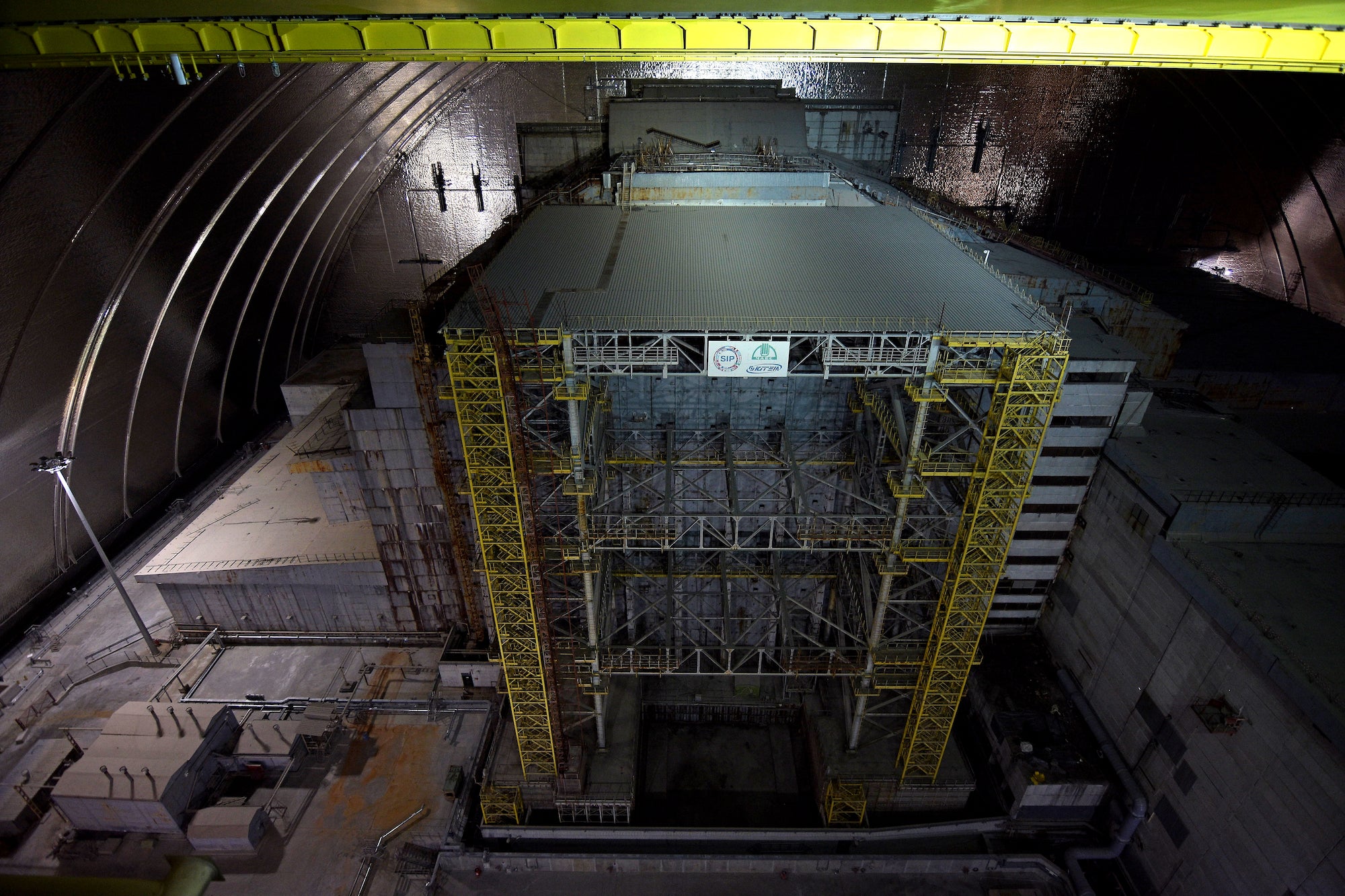
Fires are hardly the only thing impacting nuclear waste. The routine decommissioning of waste from facilities can make radiation levels shift and pose potential harm to the people involved in the decommissioning process. Here, the research team hopes robots and AI can help quickly scan and assess any dangerous changes as they come.
“We really think that these technologies being developed now will really assist with the activity of decommissioning,” he said. “[The technology] is needed now.”
It’s Not Just Chernobyl Where Robots Could Help
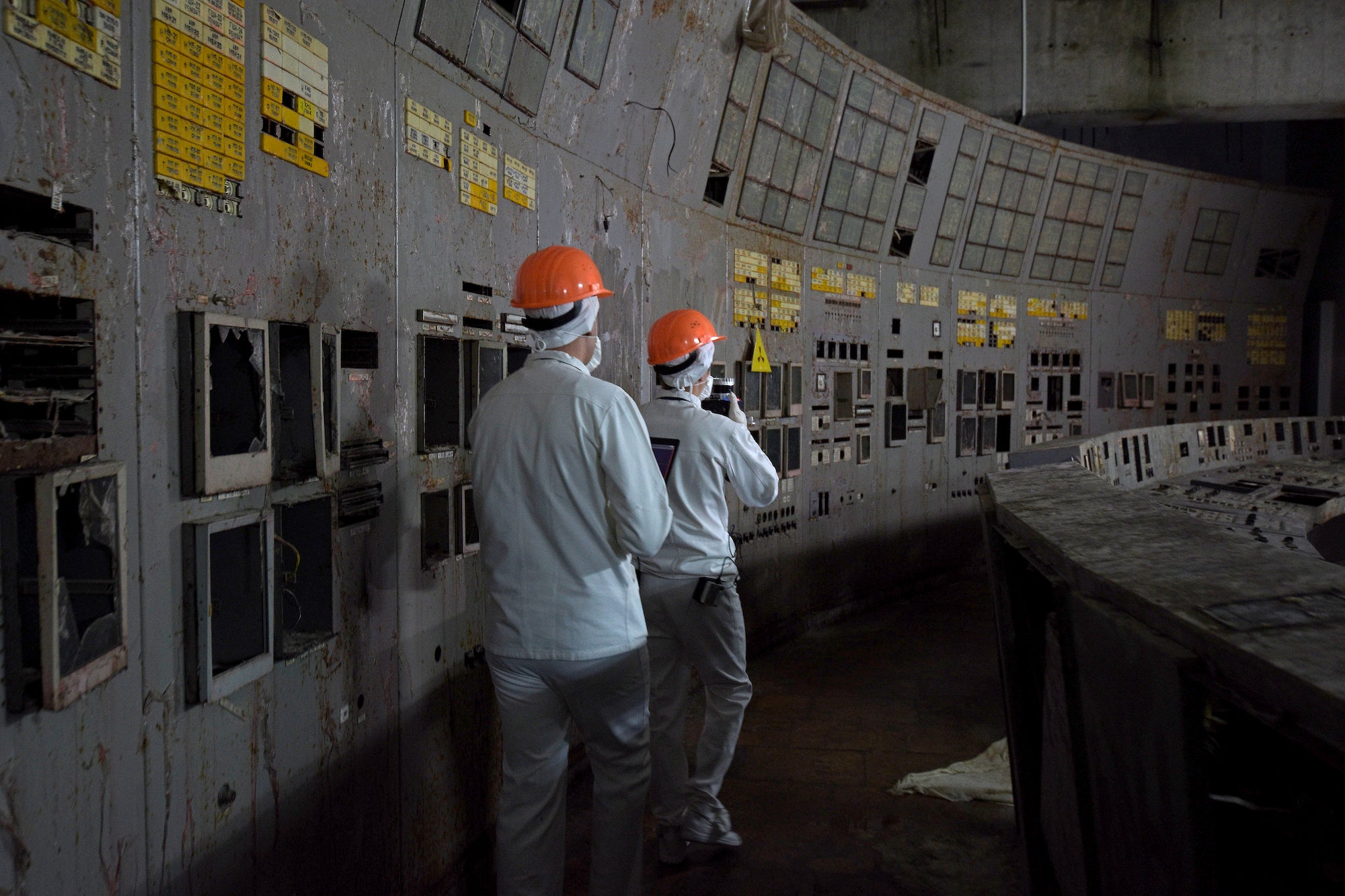
The timing of this research project, Scott said, is important. The Ukrainian government is continuing its gradual decommissioning of Chernobyl. But the UK is also gearing up for the closure of a major nuclear waste site, too. Other nuclear waste sites can be found around the world, pointing to still more applications for robots to help out.
Other robotic efforts could also yield breakthroughs. In Fukushima, where the Daiichi nuclear power plant melted down following an earthquake and tsunami in 2011, the plant’s owner has deployed robots as well. Early efforts saw robots essentially being fried by radiation, but a probe sent into the damaged reactor in 2019 was able to handle radioactive debris. Still, clean up there is expected to take decades even with a little help from our robot friends.
